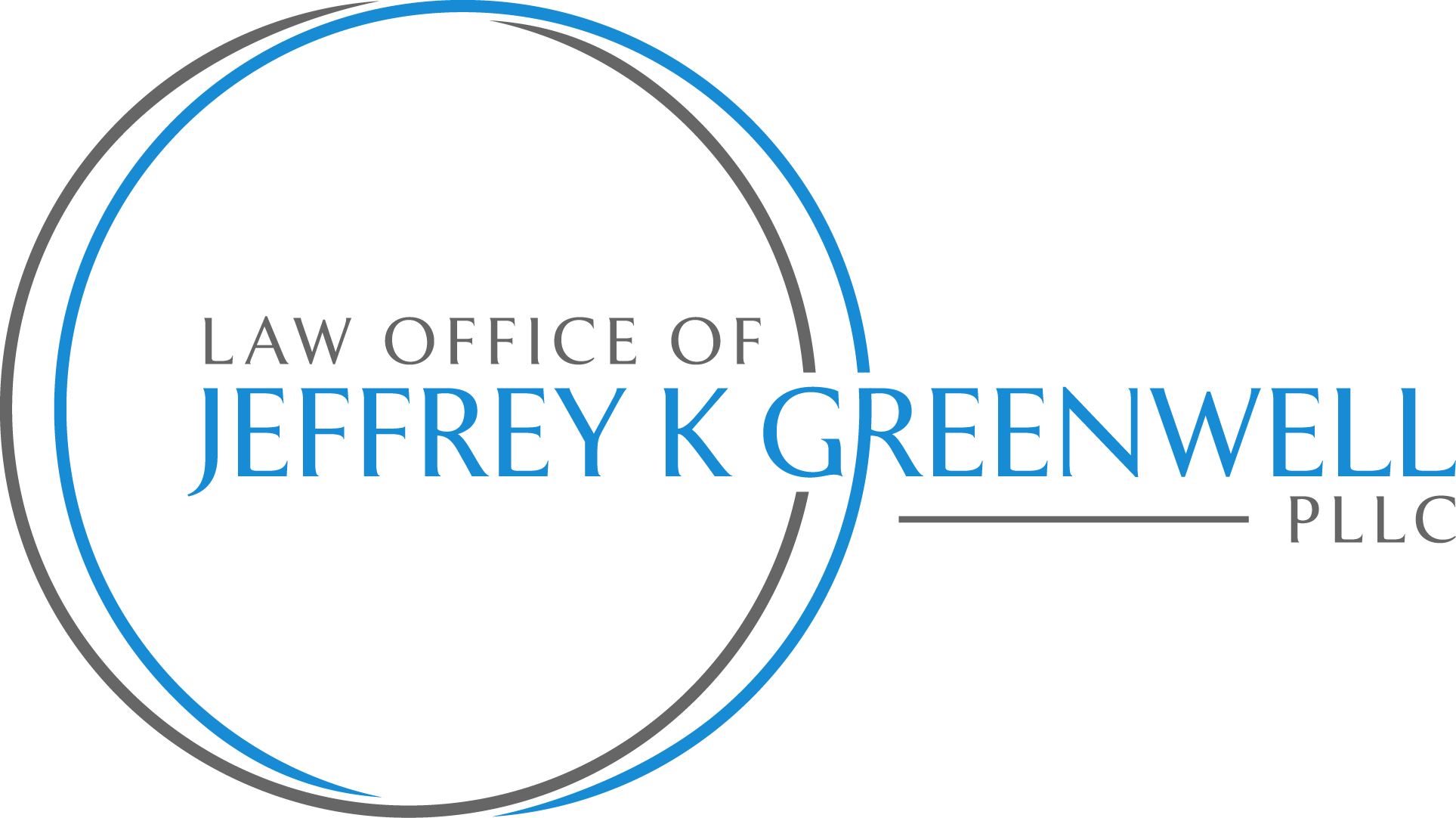In most Chapter 7 “straight bankruptcies,” most debts are legally written off, especially debts that are not secured by any collateral and don’t belong to any of the special “priority” categories of debt. But how about in a Chapter 13 payment plan? What determines whether these creditors get paid, and if so how much?
The beauty of Chapter 13 is that it is both flexible and structured. Flexibility allows Chapter 13 to help people with wildly different circumstances. Structure—the set of rules governing Chapter 13—is important because clear rules balancing the rights of debtors and creditors reduces disputes between them. There is only so much money to go around to the creditors, so less fighting means less precious money spent on attorneys and more available for satisfying the creditors. And then getting on with life.
How much the general unsecured debts get paid in any Chapter 13 case is a reflection of these two themes working together. These are illustrated through the following rules, and their impact on the payout to these creditors.
1. Creditors which are legally the same are treated the same. So, all general unsecured creditors get paid the same percent of their debt through a Chapter 13 plan.
2. For any creditor—including a general unsecured one—to share in the distribution of payments, it has to file a proof of claim on time with the bankruptcy court. A general unsecured creditor which fails to file this simple document stating the amount and nature of the debt will receive nothing through the plan, and the debt will be discharged at the end of the case if it completed successfully.
3. The failure of one or more creditors to file its proof of claim usually, but not always, means that there will be more money available for the other creditors. Two exceptions: a “0% plan,” in which the general unsecured creditors are receiving nothing; or a “100% plan,” in which these creditors are being paid the entire amount of their debts.
4. “0% plans” are those in which all of the money paid by the debtor through the Chapter 13 trustee is earmarked to pay secured creditors, “priority” creditors (such as taxes and child/spousal support), and/or trustee and attorney fees. Some bankruptcy courts frown on “0% plans,” especially in certain situations, such as when there does not seem to be good reason to be in a Chapter 13 case instead of a usually much less expensive Chapter 7.
5. “100% plans” are those in which all of the general unsecured creditors’ debts are paid in full through the trustee. These happen primarily for two reasons. The debtors:
a. are required to make payments based on their budget, which provides enough money over the course of the case to pay off their debts in full; or
b. own more non-exempt assets which they are protecting through their Chapter 13 case than they have debts, which requires them to pay off their debts in full.
6. A major consideration for how much the general unsecured creditors receive is how long the debtors are required to pay into their Chapter 13 case. Generally, if debtors’ pre-filing income is less than the published “median income” for their applicable state and family size, then they pay for 3 years into their plan. If their income is more than that amount, they must pay for 5 years instead. The length of the case obviously affects how much is paid in, and so usually affects how much the general unsecured creditors receive.
7. Payments to general unsecured creditors can be affected by changes which occur during the case—income increases or decreases adjusting the plan payment amount, unexpected tax refunds and employee bonuses paid over to the trustee, and even additional allowed debtors’ attorney fees reducing what is available to the creditors.
8. Once the general unsecured creditors receive whatever the Chapter 13 plan provides for them (and the rest of the plan requirements are met), the remaining balances are legally discharged. The result is that all general unsecured creditors receive the same pro rata share, and that’s the end of the story for them. The exception is the relatively rare creditor which succeeds during the case in convincing the court that its debt should not be discharged at all. This only applies to situations involving a debtor’s fraud or other similar significant wrongdoing, and only if the creditor raises the issue by a very strict deadline just a few months into the case. This creditor still shares in the distribution of payments to all the general unsecured creditors. But at the end of the case, there is no discharge of its remaining debt, which the creditor can then pursue against the debtor.
Clearly, a lot of considerations go into how much the general unsecured creditors will be paid in any Chapter 13 case. There are many interacting rules to be applied to the unique financial and human factors of each case.

